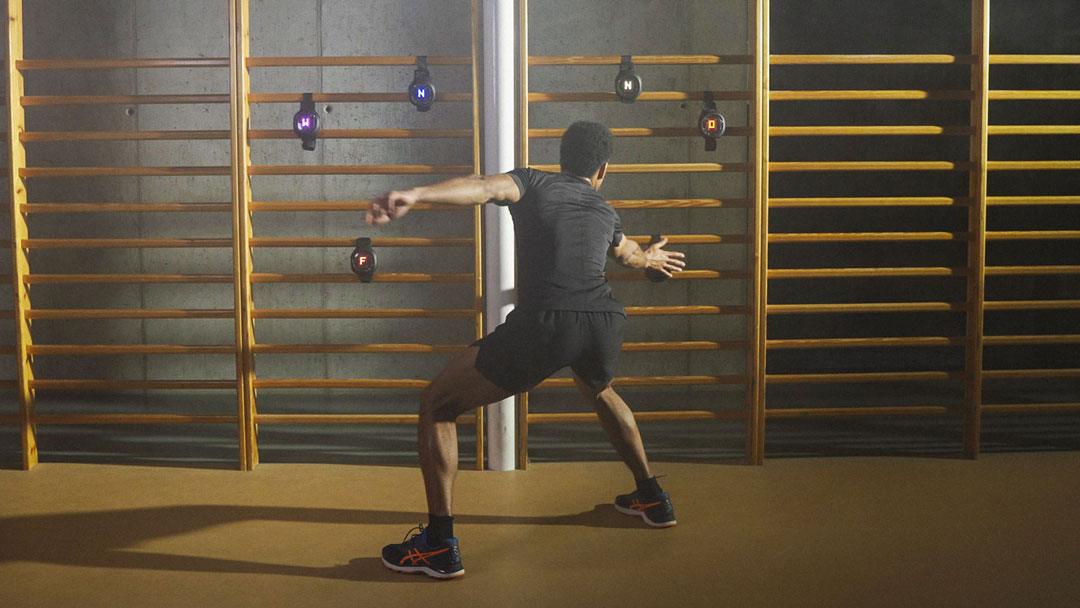Soccer demands more than skill — it requires focus, agility, and readiness. A smart soccer warm-up routine helps you prevent injuries, stay sharp, and boost athletic performance. Let’s explore simple, effective drills that prepare soccer players of all levels for their best game yet.
Why a great warm-up matters
A great warm-up gets your body and brain ready for the match. It boosts blood flow, increases flexibility, and sharpens focus. According to the National Library of Medicine, dynamic soccer warm-ups help players move faster and react quicker — both key for top performance.
Dynamic warm-up for soccer players
Forget static stretches. A dynamic warm-up keeps your body moving to prepare for game situations. Try jogging, jumping jacks, and dynamic stretching to activate your muscles. For more variety, use ROX lights to train reaction and ball control in fun, interactive ways.
Quick 8-minute warm-up routine
- 2 min: Light jog and jumping jacks to warm up your core.
- 2 min: Dynamic stretching for legs and hips.
- 2 min: Cone zig-zag runs or agility drills for coordination.
- 2 min: Short passes and player dribbles for precision and control.
Pro Tip: Add reaction drills between sets to simulate real-game pressure.
Warm-up ideas for youth soccer
In youth soccer, the goal is to make warm-ups fun and skill-based. Use games that encourage dribbling the ball, running in zig-zag patterns, or quick passing. These movements improve coordination and balance while keeping kids engaged.
Essential warm-up exercises and drills
Every player can benefit from combining warm-up exercises with sport-specific drills. Try alternating cardio bursts, quick turns, and cone work. The RebounderPro helps simulate passes and shots, adding purpose to your warm-up.
Example combo routine
- Jog while controlling the ball using both feet.
- Dribble the ball through cones in a zig-zag pattern.
- Sprint five meters, stop, and change direction quickly.
Studies in the Journal of Science and Medicine in Sport confirm that this type of active warm-up enhances agility and sprinting ability.
Coaches’ guide to better warm-ups
Coaches should customize warm-ups for each position. Forwards can focus on player dribbles and shooting drills, while defenders might emphasize dynamic stretching and reaction work. Tools like the ROX System blend movement and cognitive training to prepare the whole body and mind.
Technology and innovation in warm-ups
Modern soccer uses technology to make training smarter. Interactive sensors and lights improve focus and responsiveness. Learn how these systems enhance pre-game prep in our decision-making guide. MDPI research supports using feedback-based drills to boost performance and confidence.
Final thoughts
Every soccer warm-up is a chance to perform better and prevent injuries. Keep your sessions short, dynamic, and engaging. Combine dynamic stretching, jumping jacks, and dribbling the ball to prepare effectively. Explore more drills on the A-Champs training blog or see UEFA’s technical training resources for extra inspiration.





Leave a comment
This site is protected by hCaptcha and the hCaptcha Privacy Policy and Terms of Service apply.